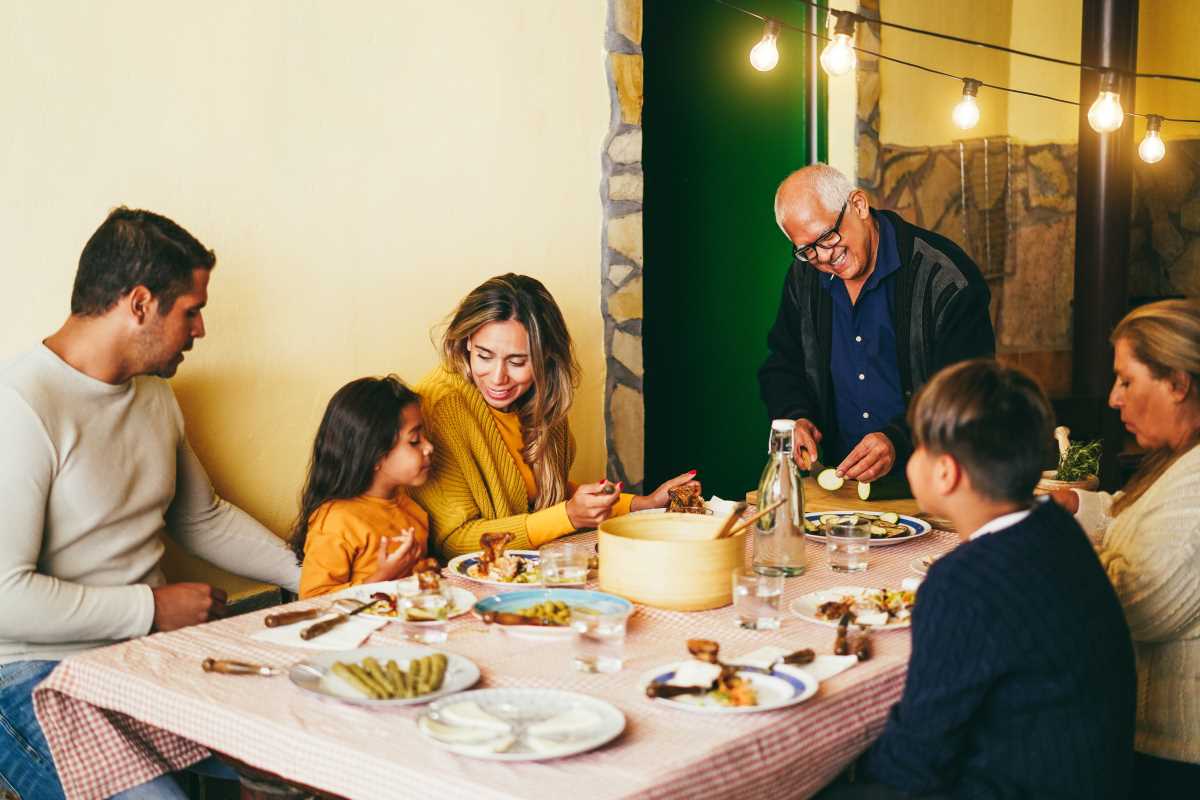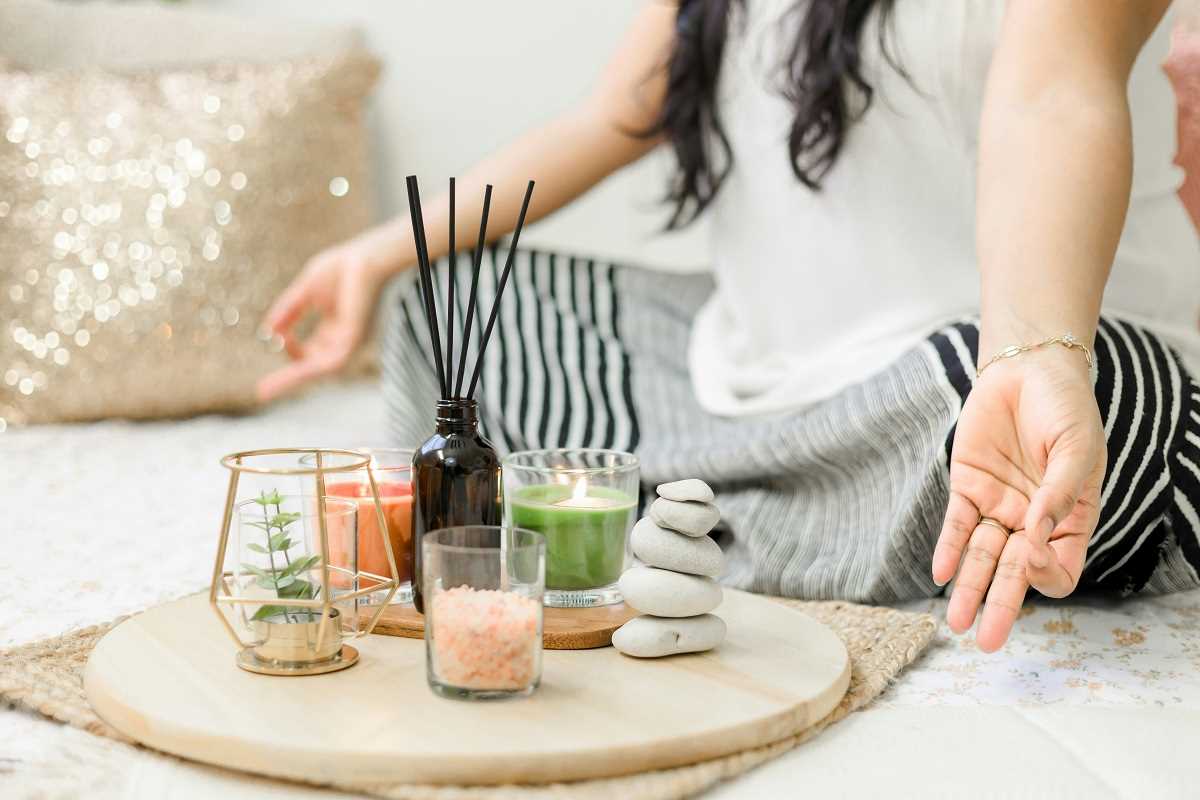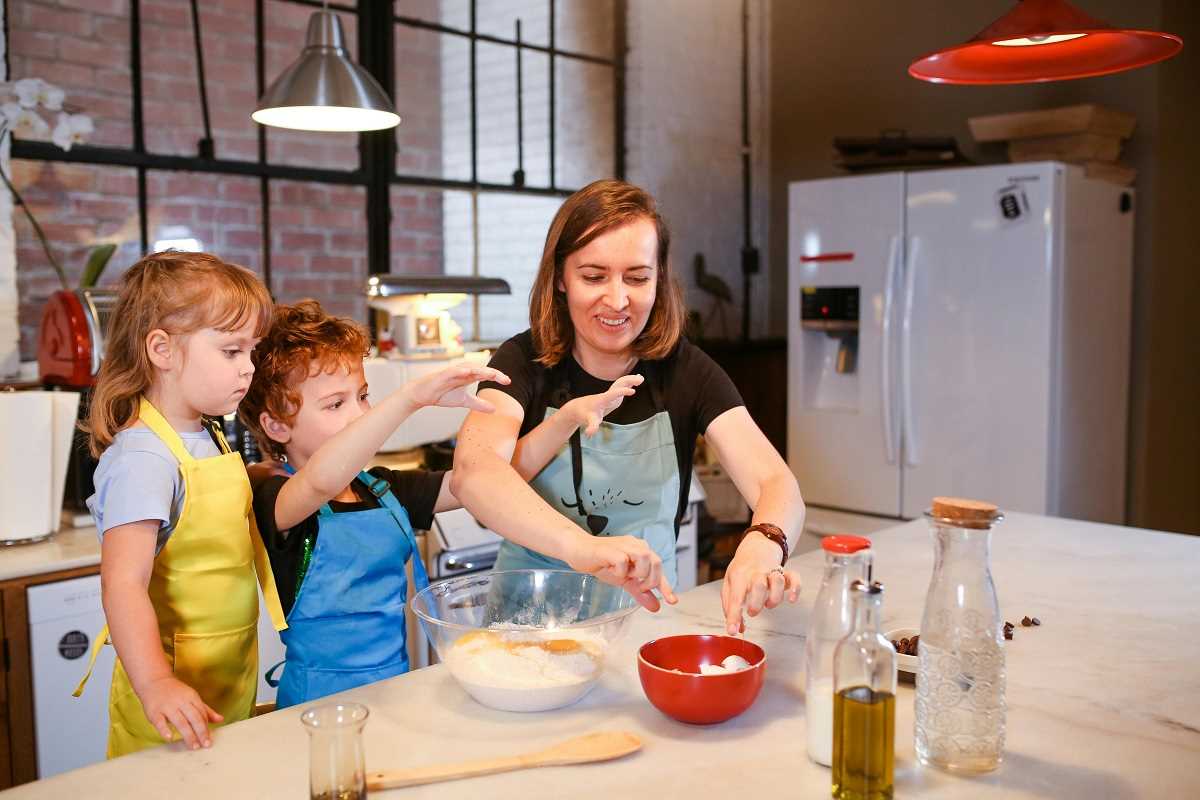Keeping a tidy and organized home can feel impossible when juggling work, school, and extracurricular activities. However, a well-organized home doesn’t just make life easier—it also reduces stress and frees up time to focus on what matters most. With some practical strategies and a bit of consistency, even the busiest families can create a more functional and peaceful living space. Here are some actionable tips to help you take control.
Start with Decluttering
Before you can get organized, you need to declutter. Clutter often builds up because it’s hard to part with things or find the time to sort through them. Here’s how to tackle decluttering step by step.
1. Focus on One Area at a Time
Trying to declutter the entire house in one day is overwhelming. Instead, pick one room, a specific area, or even just a closet to target. For example, start with the kitchen junk drawer or your kids' toy bins.
2. Sort into Categories
Set up boxes or bags labeled "keep," "donate," and "trash." Quickly sort items into these categories without overthinking. If something hasn’t been used in a year, it’s likely time to part with it.
3. Get Everyone Involved
Make decluttering a family activity. Give each child a small task, like deciding which outgrown clothes to donate or which toys to pass on. This turns cleaning into a cooperative effort and teaches kids valuable lessons about organization and sharing.
Create Functional Spaces
Once you’ve decluttered, focus on creating spaces that work for your family’s unique needs. Organization isn’t just about aesthetics; it’s about function.
1. Set Up Drop Zones
Designate specific areas for everyday essentials, such as backpacks, shoes, and keys. A row of hooks by the front door and labeled bins can make mornings smoother and prevent last-minute hunts for misplaced items.
2. Organize by Activity
Think about the activities that happen in each room and organize accordingly. For example:
- Kitchen: Group lunch prep items together, like snack containers, reusable bags, and water bottles.
- Living Room: Use a storage ottoman for board games or a basket for remote controls and magazines.
- Kids’ Rooms: Install low shelves or bins, making it easier for kids to access and put away their belongings.
3. Utilize Vertical Space
When floor space is limited, look up! Install shelves, hooks, or stackable bins to maximize storage in small areas. For instance, hang a shoe rack on a closet door or use wall-mounted organizers for books and toys.
Make Maintenance Easier
Keeping the house tidy is an ongoing process, but setting up systems and routines can make maintenance easier.
1. Create Daily and Weekly Routines
A few small habits can prevent messes from building up:
- Daily Tasks: Encourage kids to spend 5 minutes before bedtime putting toys or school supplies away. Adults can do a quick sweep through the kitchen or living room for misplaced items.
- Weekly Clean-Ups: Dedicate a set time each week to tackle small organization tasks, like sorting the mail pile or cleaning out the refrigerator.
2. Label Everything
Labels aren’t just for aesthetics; they save time. Label bins, baskets, and shelves to show exactly where each item belongs. This works especially well for younger kids who may need visual cues.
3. Simplify Cleaning Supply Access
Group your cleaning supplies by room and store them where they’ll be used. For example, keep bathroom cleaners in a small caddy under the sink, and kitchen cleaners in a designated cabinet. This cuts down on the time it takes to hunt for the right product when spills happen.
Encouraging Kids to Help Out
Getting children involved in home organization lightens your load and teaches them responsibility. Tailor these strategies to the age and ability of each child.
1. Turn Organization into a Game
Younger kids love challenges and competitions. Make tidying fun by setting a timer and rewarding them when they beat the clock. Or create a scavenger hunt to see who can find certain toys or clothing items to put away the fastest.
2. Give Clear Instructions
For older kids, break tasks into clear steps. For example, instead of saying, “Clean your room,” say, “Put your dirty clothes in the laundry basket, books on the shelf, and toys in the bin.”
3. Offer Age-Appropriate Chores
Even small children can contribute. Preschoolers can sort toys by color or size, while teenagers can help with more complex tasks, like organizing the garage or pantry.
Practical Tips for Staying Organized
Staying organized is all about creating habits and being realistic about your family’s needs. Here are some extra tips to help maintain order:
- Rotate Toys and Clothes: Store some toys or seasonal clothes out of sight and rotate them occasionally. Fewer items out means less clutter, and your kids get excited when “new” items reappear.
- Plan a Family Calendar: Use a shared calendar to track appointments, activities, and chores. Hang it in a central location like the kitchen or use a digital app that syncs with everyone’s devices.
- Adopt the “One-In, One-Out” Rule: For every new item that enters your home, aim to donate or discard one item to prevent accumulation.
- Invest in Multipurpose Furniture: When buying furniture, choose pieces with built-in storage, such as beds with drawers underneath or coffee tables with hidden compartments.
Start Small and Stay Consistent
Organizing your home doesn’t have to happen overnight. Take it one step at a time and celebrate small wins along the way. Remember, the goal isn’t perfection; it’s creating a space where your family can thrive.
 (Image via
(Image via




